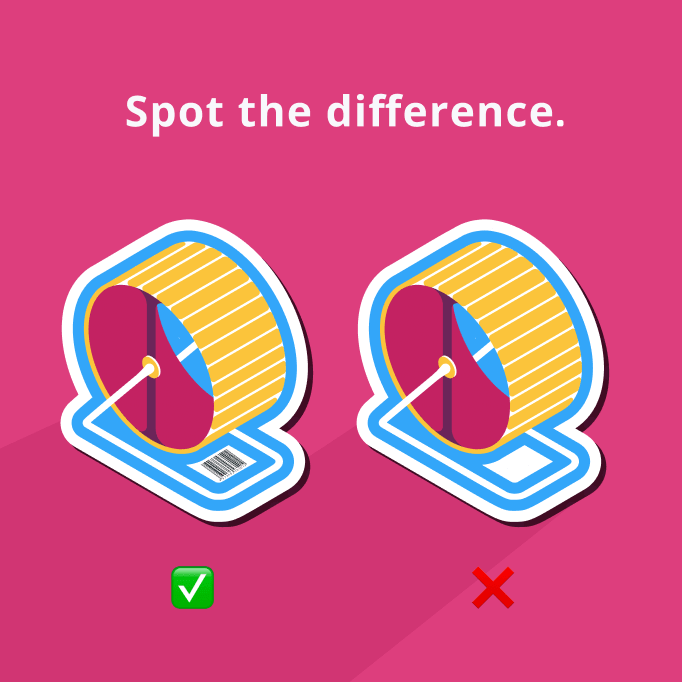Interview multiple candidates
Lorem ipsum dolor sit amet, consectetur adipiscing elit proin mi pellentesque lorem turpis feugiat non sed sed sed aliquam lectus sodales gravida turpis maassa odio faucibus accumsan turpis nulla tellus purus ut cursus lorem in pellentesque risus turpis eget quam eu nunc sed diam.
Search for the right experience
Lorem ipsum dolor sit amet, consectetur adipiscing elit proin mi pellentesque lorem turpis feugiat non sed sed sed aliquam lectus sodales gravida turpis maassa odio.
- Lorem ipsum dolor sit amet, consectetur adipiscing elit.
- Porttitor nibh est vulputate vitae sem vitae.
- Netus vestibulum dignissim scelerisque vitae.
- Amet tellus nisl risus lorem vulputate velit eget.
Ask for past work examples & results
Lorem ipsum dolor sit amet, consectetur adipiscing elit consectetur in proin mattis enim posuere maecenas non magna mauris, feugiat montes, porttitor eget nulla id id.
- Lorem ipsum dolor sit amet, consectetur adipiscing elit.
- Netus vestibulum dignissim scelerisque vitae.
- Porttitor nibh est vulputate vitae sem vitae.
- Amet tellus nisl risus lorem vulputate velit eget.
Vet candidates & ask for past references before hiring
Lorem ipsum dolor sit amet, consectetur adipiscing elit ut suspendisse convallis enim tincidunt nunc condimentum facilisi accumsan tempor donec dolor malesuada vestibulum in sed sed morbi accumsan tristique turpis vivamus non velit euismod.
“Lorem ipsum dolor sit amet, consectetur adipiscing elit nunc gravida purus urna, ipsum eu morbi in enim”
Once you hire them, give them access for all tools & resources for success
Lorem ipsum dolor sit amet, consectetur adipiscing elit ut suspendisse convallis enim tincidunt nunc condimentum facilisi accumsan tempor donec dolor malesuada vestibulum in sed sed morbi accumsan tristique turpis vivamus non velit euismod.
If GTINs in e-commerce have left you scratching your head, you’re far from alone. The humble GTIN (Global Trade Item Number) has been around for decades to track products with barcodes, but only recently have they started to take on a new role in the world of e-commerce.
Read on to discover why they’re such a vital technology for success online, and why they can help you, the merchant, in more ways than one.
GTINs: An Introduction
Global Trade Item Numbers have been a part of global trade for years as an integral component of product barcodes. If most of your experience with barcodes has been at self-serve checkouts, don’t worry, GTINs are even less complicated than figuring out an “unexpected item in the bagging area”.
GTIN numbers are simply unique identifiers, offering manufacturers, retailers and suppliers an easy way to keep track of products. The codes also provide a way to match up the same items across different retailers.
If you currently sell items from a third-party supplier or manufacturer, your products already likely come with GTINs. If you manufacture your own products, and don’t currently use GTINs, you can sign up with global trade organisation GS1 to create them.
That’s all well and good, but you might be left thinking, what do old-fashioned barcodes have to do with online retail?
While it may be true that you’re not whipping out a barcode scanner each time someone places an order, GTINs certainly do apply in the world of e-commerce.
GTINs and E-Commerce
If you've ever been torn on Google over the same pair of shoes sold in different stores, then you’ll have seen GTINs in action.
As a unique identifier, they’re a brilliantly handy way of distinguishing the same products from different merchants across the Google Shopping network. Shopify allows you to enter GTIN numbers to be listed alongside your products, which Google Shopping will subsequently extract and use to distinguish your items from others.
That’s key - distinguishing the same products, from different merchants. Many merchants sell the same items, but at different prices, and with different perks (such as free delivery) to entice a customer to purchase from one but not the other.
But here’s the big kicker: if you sell items sold by other retailers, and those items are assigned to a GTIN (which they almost certainly will be), your items will not show up in Google Shopping if you don’t list them alongside their GTINs.

For instance: you sell a hamster wheel, and your competitor also sells that same hamster wheel, from the same manufacturer and supplier. If only your competitor lists the item with its GTIN, only their listing will show up in Google Shopping and not yours. That’s bad, very bad.
Simply put, if you don’t use GTINs, Google can’t pit your products up against the same items from competitors. This means your overall performance will drop, with your Google Shopping rankings falling at the same time. So while it may seem like a chore to enter all those numbers into Shopify, it definitely makes sense to use GTINs.
Price Comparisons
Google doesn’t just sit on this database of GTIN labelled products. They put them to use, in a way that can be helpful to merchants like you too.
Being able to keep track of products across the network means Google is able to produce price comparisons of products from competing retailers. That gives you, the merchant, a super easy way to ensure you’re not being massively undercut by your suppliers. So if you’ve been left wondering why a particular item just won’t sell, it may just be the case that your competitor is selling that very same item for 20% less than you are, and GTINs can help you flag this up.
GTINs, Demystified
While GTINs may seem like a blast from a barcode past, they’re integral to our online shopping future. Leverage them to keep yourself ahead of the pack, with competitive pricing and improved Google Shopping performance to boot.









